Sign up for workout ideas, training advice, reviews of the latest gear and more.
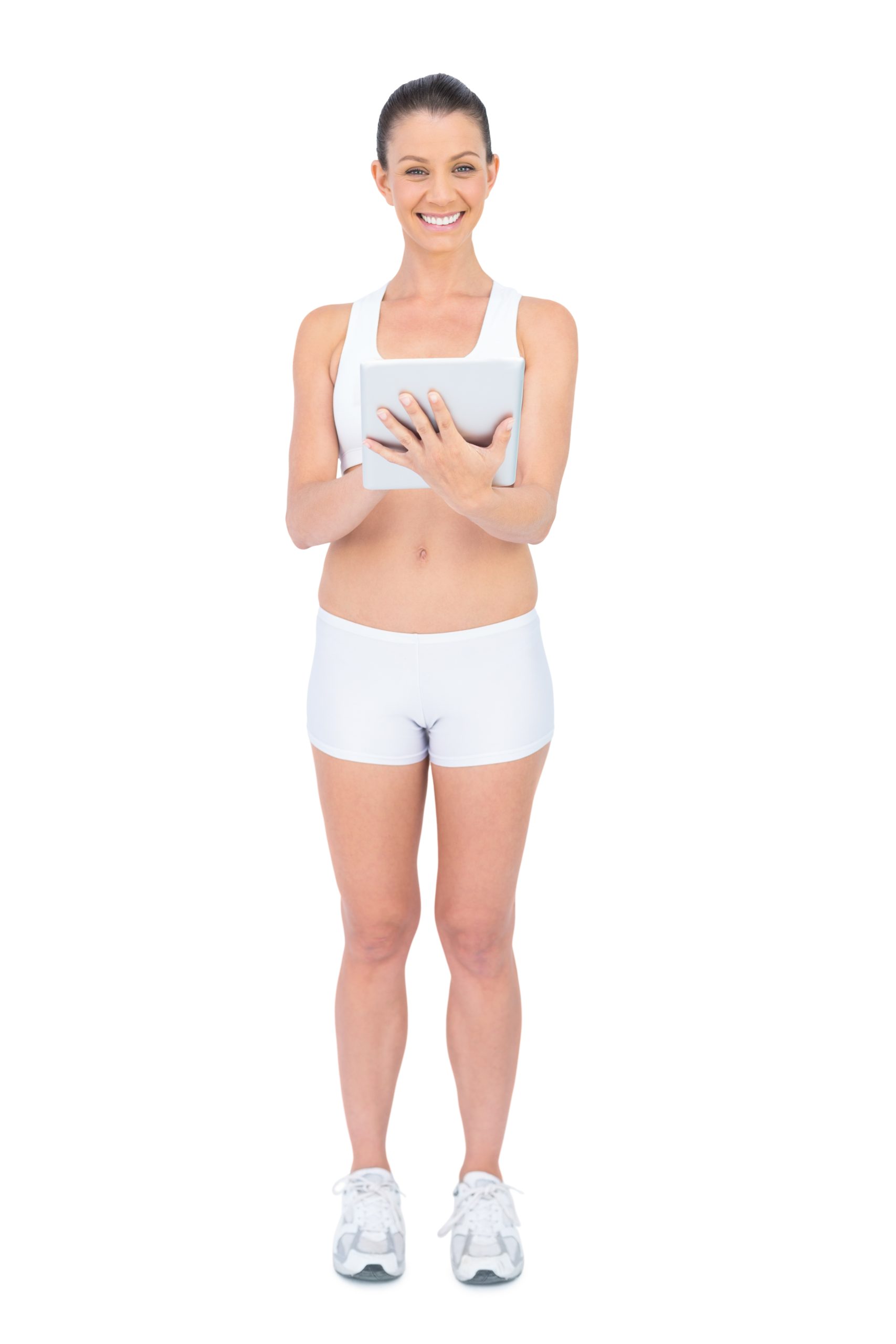
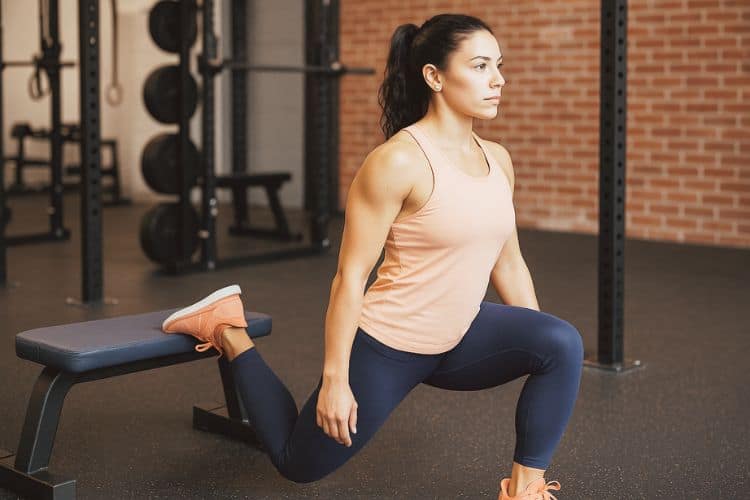
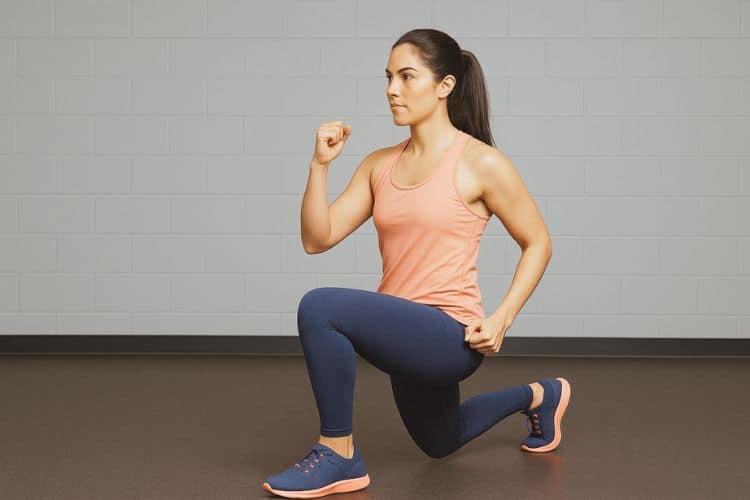

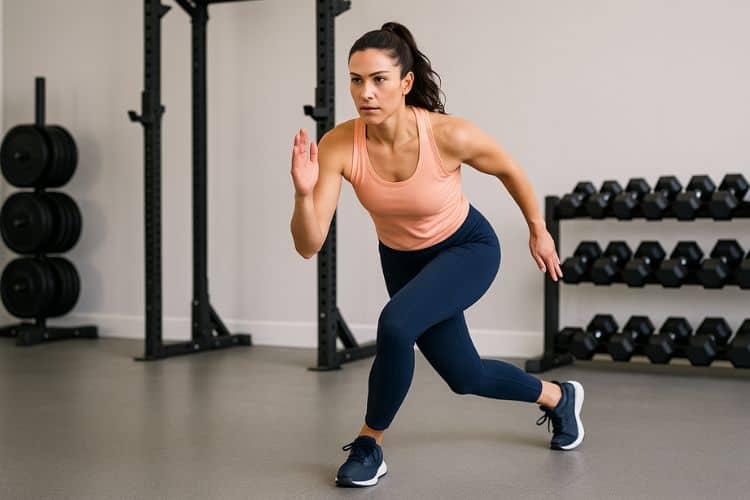
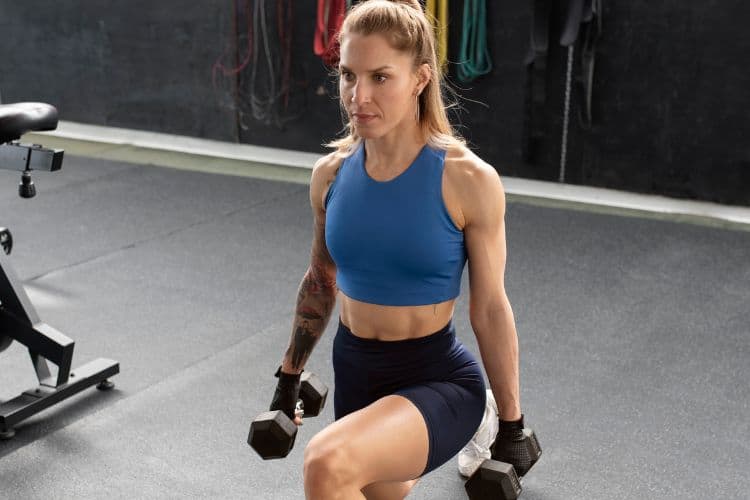
If you’re looking to build strong, toned legs but don’t have an hour to spend in the gym, a 20-minute dumbbell leg workout is the perfect solution. With just a pair of dumbbells and a short block of time, you can target every major muscle in your lower body — quads, hamstrings, glutes, calves — while burning fat and improving overall fitness.
In this guide, you’ll learn how to structure an effective 20-minute dumbbell leg routine at home or in the gym, complete with sample workouts and expert tips. Whether you’re a beginner or more advanced, these workouts will challenge your muscles and deliver results — no fancy machines required.
One of the main benefits of a 20-minute leg workout is its efficiency. You don’t need to dedicate long hours to build lower body strength — a short, high-intensity session with dumbbells can be incredibly effective.
Dumbbells are accessible and versatile. Whether you’re working out at home, in a hotel room, or at the gym, dumbbells let you train your legs anywhere. No need for squat racks or leg press machines.
Using dumbbells recruits stabilizing muscles and allows for a greater range of motion compared to machines. This leads to better muscle growth, balance, and coordination.
Incorporating compound movements with dumbbells helps elevate your heart rate, improving cardiovascular fitness and supporting fat loss — perfect for those looking to slim down and tone their legs.
A well-rounded dumbbell leg workout should target:
By choosing exercises that engage multiple muscle groups at once, you can maximize your 20-minute session for both strength and calorie burn.
To make your dumbbell leg workout effective, follow this simple structure:
A fantastic compound movement that targets the quads, hamstrings, and glutes while also challenging your core.
How to Do It:
Hold one dumbbell vertically at chest level. Squat down keeping your chest tall and knees tracking over your toes. Push through your heels to return to standing.
An effective exercise for quads, hamstrings, and glutes — also improves balance and coordination.
How to Do It:
Hold dumbbells by your sides. Step forward into a lunge. Push off the back foot and step the next leg forward. Repeat.
Targets the hamstrings and glutes while strengthening the lower back.
How to Do It:
Hold dumbbells in front of your thighs. Hinge at the hips, lowering the dumbbells along your legs while keeping your back flat. Drive through your hips to return to standing.
Excellent for unilateral strength and glute development.
How to Do It:
Hold dumbbells by your sides. Step up onto a sturdy box or bench, driving through the lead foot. Step back down and repeat.
A challenging exercise for quads, hamstrings, and glutes.
How to Do It:
Stand in front of a bench with one foot elevated behind you. Hold dumbbells at your sides. Lower your back knee toward the ground, then press up through the front leg.
Isolate and strengthen your calves for better leg aesthetics and ankle stability.
How to Do It:
Hold dumbbells at your sides. Rise up onto the balls of your feet, squeeze your calves at the top, then lower under control.
Warm-Up (3 min): Bodyweight squats, lunges, hip swings
Main Workout (Repeat 2–3 rounds):
Cool-Down (2 min): Leg stretches
Warm-Up (3 min): Dynamic stretches, hip openers
Main Circuit (Repeat 3–4 rounds):
Cool-Down (2–3 min): Static stretches for lower body
Warm-Up (3 min): Jump squats, hip swings
Main Circuit (Repeat 4 rounds, minimal rest):
Cool-Down (2–3 min): Deep stretches and foam rolling
Always prioritize proper form over heavier weights. Poor technique can lead to injury and limit muscle engagement.
The weight should challenge you while allowing you to complete each set with good form.
Gradually increase your dumbbell weights or reps over time to continue building strength and muscle.
If your goal is fat loss and conditioning, keep rest periods between exercises short (15–30 seconds) to maintain an elevated heart rate.
Consistent dumbbell training develops muscle definition in the quads, hamstrings, glutes, and calves, giving your legs a lean, athletic appearance.
Leg strength translates into better performance in daily activities — climbing stairs, running, or carrying groceries.
Training large muscle groups like the legs with dumbbells helps increase your metabolism and promotes fat loss.
Because dumbbells require you to stabilize the weight, your balance and core strength improve with regular practice.
Yes — dumbbell leg exercises can absolutely build muscle when performed with proper intensity and progressive overload. You don’t need heavy barbells or machines to sculpt strong legs.
For best results, aim to do this 2–3 times per week, allowing at least one day of rest between sessions to promote recovery.
Start light — 10 to 15 lbs per dumbbell — and increase the weight as you get stronger and more confident in your form.
Absolutely! A 20-minute dumbbell leg workout pairs well with upper body strength training, core work, or cardio routines.
A well-designed 20-minute dumbbell leg workout is a powerful way to strengthen and tone your lower body, boost metabolism, and improve athletic performance — even when you’re short on time.
By focusing on compound movements, using appropriate weights, and maintaining good form, you can maximize every minute of your session. Whether you’re training at home or at the gym, grab a pair of dumbbells and start building the strong, sculpted legs you want — in just 20 minutes a day.
Want more workout and video guide?
Follow us on Pinterest, Facebook, and Subscribe to our Newsletter and Stay tuned for FREE downloads of our App coming soon!
Stay up to date on the latest women’s health, fitness and lifestyle trends and tips.